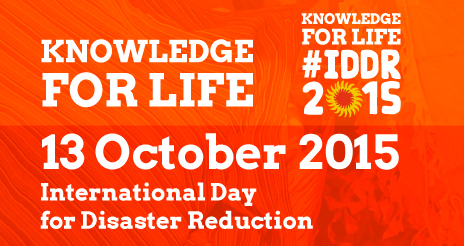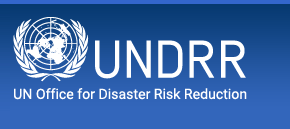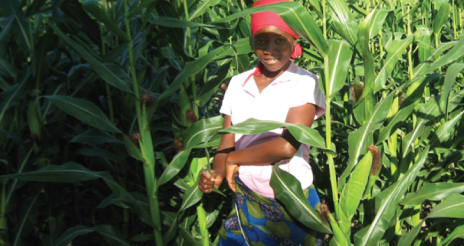- Our Mandate
- Mission and Objectives
- UNDRR in the UN
- Work Programme & Annual Reports
- Results Based System
- Work Partnerships
- Headquarters - Geneva
- SG-UN representatives for DRR
- Regional Office – The Americas and the Caribbean
- Head of the Regional Office – The Americas and the Caribbean
- What is Disaster Risk Reduction?
- What is the International Strategy?
- History of UNDRR
Every disaster is different: Hazard-Specific Disaster Risk Reduction Implementation Guide
By: UNDRR - Americas
Panama, Panama, January 12, 2015 – The Latin America and Caribbean regional office of the U.S. Agency for International Development’s Office of U.S. Foreign Disaster Assistance (USAID/OFDA), published the “Hazard-specific Disaster Risk Reduction Implementation Guide”, intended to guide analysis of which USAID/OFDA sectors and sub-sectors may be most relevant to reducing risk related to an identified hazard in the programme location.
As set out in USAID/OFDA’s DRR conceptual framework, the broad context of the area exposed to a given natural hazard, and the capacities that exist within that area, will also serve to guide the development of appropriate DRR programmes.
This guide shows how to approach hazard-related disasters such as cyclones, droughts, earthquakes, epidemics, floods, tsunamis, volcanic eruptions and extreme temperatures, among others; presents examples of disasters and touches on topics such as: Agriculture, emergency shelter, sanitation practices, safety, specific risk management policies, etc.
The "Small Grants DRR Regional Forum 2014”, showcased the guide as one of the best documents regarding DRR activities specific to individual hazards.
It should be noted that the implementation of these types of guides contributes to the actions promoted by USAID/OFDA and the United Nations Office for Disaster Risk Reduction (UNDRR) to save lives and reduce the social and economic impact of disasters, so we strongly recommend that it be read and implemented.
Related Links:
UNDRR – The Americas
USAID/OFDA
Hazard-specific Disaster Risk Reduction Implementation Guide
Follow the UNDRR news online:
 International Day for Disaster Reduction #DIRD 2015 Knowledge for Life
International Day for Disaster Reduction #DIRD 2015 Knowledge for Life
More information

 Cover photo “Hazard-Specific Disaster Risk Reduction Implementation Guide”
Cover photo “Hazard-Specific Disaster Risk Reduction Implementation Guide”